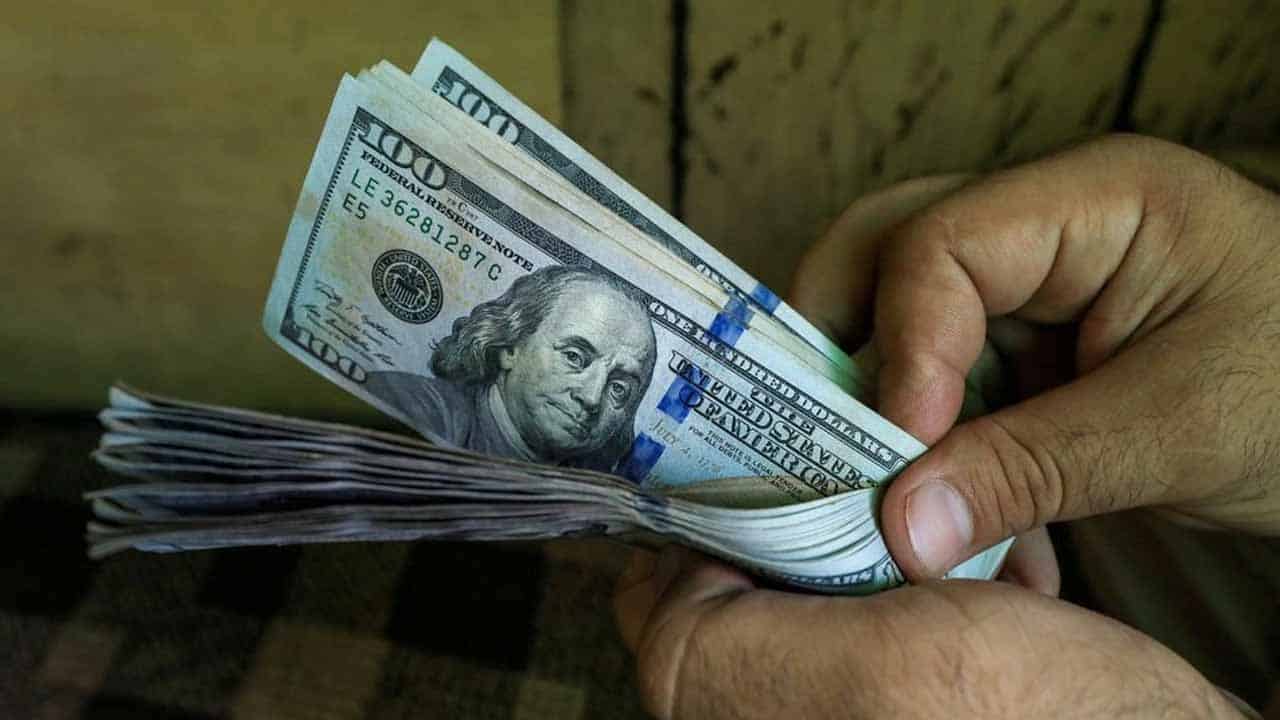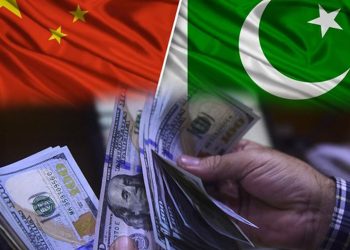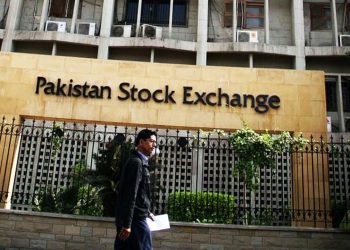The Pakistani rupee registered gains against the US dollar, appreciating nearly 0.47% during the early hours of trading on Friday amid positive news from the finance minister regarding inflows from China and as the dollar slipped on the international front.
In the interbank market, the rupee was traded at 281.10 at roughly 10:50 a.m., up Rs. 1.32 vs the US dollar.
The rupee experienced some relief in comparison to the US dollar the previous day, rising up to Re0.43 or 0.15% to settle at 282.42 in the interbank market on Thursday.
Finance Minister Ishaq Dar announced on Thursday that the paperwork for the Industrial and Commerce Bank of China’s (ICBC) second payout of $500 million had been finished, which was a significant development.
Over the past week, the country’s total liquid foreign exchange reserves increased by $93 million. The State Bank of Pakistan (SBP) increased its reserves by $18 million to $4.319 billion from $4.301 billion the previous week, according to the SBP’s weekly foreign exchange report, which was released on Thursday.
In another key step, Dar informed the Senate on Thursday that obtaining an International Monetary Fund (IMF) deal—which will provide a crucial lifeline to prevent an economic meltdown—required an assurance from “friendly countries” to finance a balance of payment deficit.
Internationally, the dollar index on Friday was a result of efforts by regulators and banks to reduce pressure on the financial system, which relieved pressure on most major currencies that had dropped this week as a result of bank turbulence.
The US’s efforts to save First Republic Bank on Thursday reduced fears of a global banking crisis, which allowed the Australian and New Zealand dollars to soar on Friday.
To 104.11, the US dollar index decreased by 0.27%.
After a sell-off in the global financial and oil markets this week due to the banking crisis, oil prices, a crucial indicator of currency parity, rose by around 1% on Friday as a result of a meeting between Saudi Arabia and Russia that calmed markets and raised prospects for robust Chinese demand.






